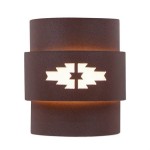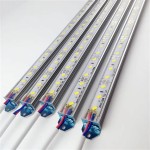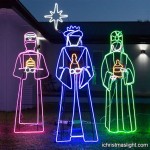What Is The Best Time For Outdoor Photography
Maximizing the quality of outdoor photography requires careful consideration of timing, as the time of day and weather conditions can significantly impact the outcome. Understanding the essential aspects of outdoor photography timing empowers photographers to capture stunning images that harness the natural beauty of their surroundings. This article delves into the crucial factors to consider, providing guidance to enhance the effectiveness of outdoor photography endeavors.
Early Morning and Late Afternoon: The Golden Hours
During the hours immediately after sunrise and before sunset, known as the "golden hours," the light takes on a warm, diffused quality due to the low position of the sun in the sky. This soft, even illumination reduces harsh shadows and accentuates textures, creating an ideal setting for outdoor photography. The warm hues prevalent during these times enhance the richness of colors, lending a captivating and flattering tone to landscapes and portraits alike.
Overcast Skies: Diffused and Balanced Light
While bright sunshine may be the stereotypical condition associated with outdoor photography, overcast skies offer unique advantages. The diffused light resulting from cloud cover eliminates harsh shadows and provides even illumination, minimizing the need for complex lighting techniques. This balanced light is particularly suitable for capturing intricate details, textures, and subtle nuances of color. Overcast conditions can transform ordinary scenes into captivating and atmospheric compositions.
Rainy Days: Dramatic and Emotive Scenes
Contrary to common perception, rainy days can yield striking and evocative outdoor photographs. The presence of water introduces a plethora of creative possibilities. Raindrops on leaves, glistening reflections on surfaces, and the interplay of light and shadow create captivating images that convey a sense of mood and atmosphere. By embracing the challenges posed by rain, photographers can capture unique and memorable shots that harness the beauty of inclement weather.
Foggy Conditions: Dreamy and Enigmatic Effects
Foggy conditions transform outdoor scenes into ethereal and dreamlike landscapes. The diffused light scatters and wraps around objects, creating a sense of mystery and intrigue. Fog can isolate and highlight specific elements of a composition, directing the viewer's attention to subtle details and textures. By utilizing the atmospheric effects of fog, photographers can evoke a range of emotions and create images that possess an otherworldly charm.
Conclusion
The best time for outdoor photography is ultimately dictated by the photographer's artistic vision and the desired outcome. However, by understanding the essential aspects outlined in this article, photographers can identify the timing and conditions that best align with their creative goals. Whether seeking the warm glow of the golden hours, the softness of overcast skies, the drama of rainy days, or the enigmatic allure of fog, understanding these factors empowers photographers to maximize the potential of their outdoor photography endeavors and capture images that resonate with beauty, emotion, and impact.

What Is The Best Time Of Day For Outdoor Photos Stephanie Byrd Photography

Learn The Best Time To Take Pictures Outside And What Golden Hour Is

Photographer Jana Williams Best Time To Shoot Outdoors
The Best Time Of Day To Take Outdoor Portrait Photos Petapixel

Best Time To Take Outdoor Photos Infographics

The Best Time To Take Pictures Outside Guide Knowledge Hub

Best Time To Shoot Outdoor Portraits Tomasz Klimkowski Photography

What S The Best Time Of Day For An Outdoor Photo Shoot Little Brown Rabbit Photography

The Best Time Of Day For Outdoor Photos Sigrid Wald Swanson Photography

When Is The Best Time Of Day To Schedule An Outdoor Family Photo Session Simple Joys With Helena Woods







